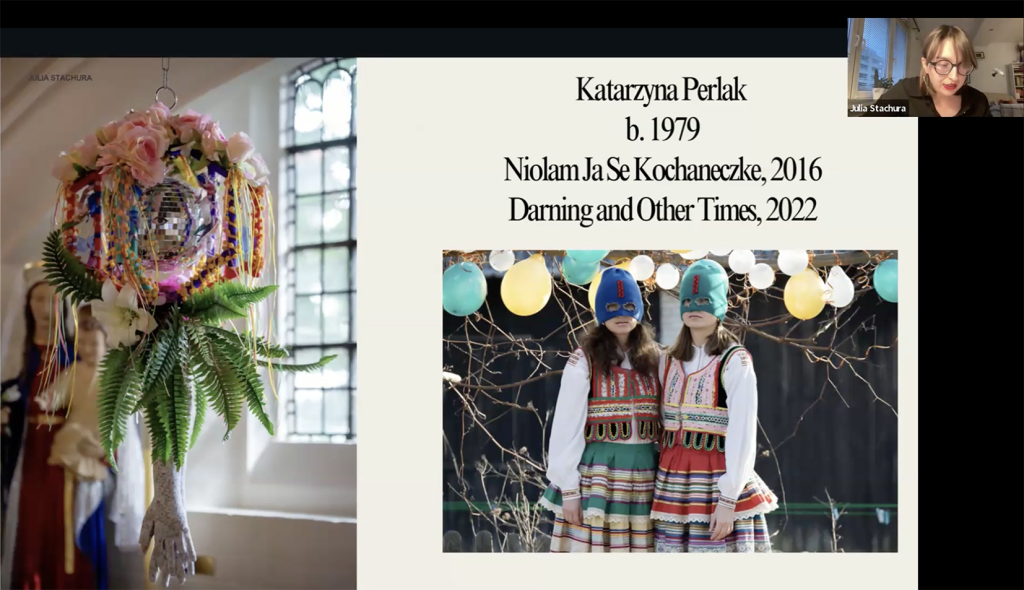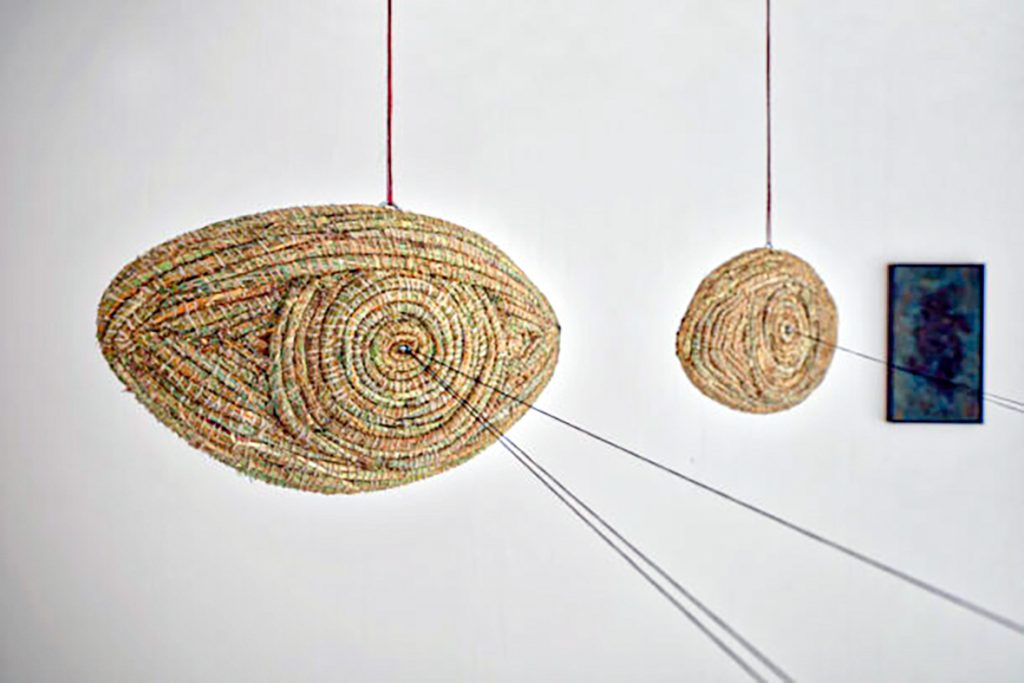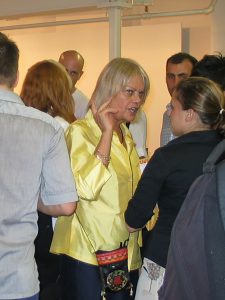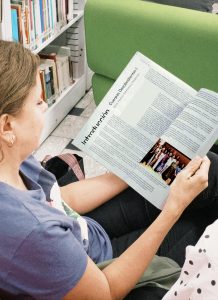News

In a moment when decolonial discourse is being rewritten, rerouted, and stretched across geographies once assumed to be impermeable, the question of how decolonization unfolds from Eastern Europe acquires an unexpected resonance. That was the wager of the panel “Cosmologies, Affects, Allyships: Decolonial Resonances in Polish Contemporary Art,” sponsored by SHERA and presented virtually at the 57th ASEEES Annual Convention on October 23rd, 2025. A constellation of voices, researchers, artists, and affective archives gathered to ask what happens when contemporary Polish art looks toward the Global South, not as an extractive gesture or academic curiosity, but as a possibility for transversal alliance, shared wounds, and speculative repair.

María Magdalena Campos-Pons, Voyeurs and Beholders of…. 2008, dye diffusion transfer, Polaroid Polacolor, each framed 30 5/8 x 24 11/16 1 3/16 in.
The panel brought together three researchers: Katarzyna Cytlak (Nicolaus Copernicus University, Toruń), Radek Przedpełski (Trinity College, Dublin), and Julia Stachura (Adam Mickiewicz University, Poznań). The session was chaired by Katarzyna Jeżowska (University of New South Wales), with A.M. LaVey (New York Public Library) as moderator and sharp, deeply contextual commentary by Ksenya Gurshtein (independent scholar).
If one word could hold the conceptual core of the session, it would be “transit”: transit of stories, fibers, affects, and bodies refusing the rigid binaries of “center” and “periphery.” The presentations insisted that colonialism is not a concluded chapter of history but a living technology of classification, imperial, domestic, rural, intimate, reprogrammed across time. Poland, often positioned as “peripheral whiteness,” emerges here as a liminal territory, shaped by the afterlives of serfdom, the Catholic heteropatriarchal order, and the imperial legacy of the Polish-Lithuanian Commonwealth, while simultaneously mirroring other geographies of dispossession.
Yet it was Julia Stachura’s paper “Rhizomatic Sisterhoods: Fiber, Folk, and the Decolonial Feminine in Contemporary Art” that most strongly braided a feminist imaginary capable of stitching bridges between the Caribbean, the Andes, queer diasporas, and the post-socialist East. Her study focused on four artists whose practices share a material ethics: María Magdalena Campos-Pons, Cecilia Vicuña, Liliana Zeic, and Katarzyna Perlak. Each works with fiber, literal or symbolic, to turn weaving into a living archive, not a static repository of memory but a trembling cord of relation.

Julia Stachura’s paper presentation, 2025 ASEEES Virtual Convention, Zoom. Image: Katarzyna Perlak, still from Niolam Ja Se Kochaneczke, 2016, video essay, 10 min
Stachura invokes Édouard Glissant’s Poetics of Relation as a conceptual lodestar: identity is not a matter of purity of origin, but rather the capacity to enter into relation. Vicuña’s quipu speaks to Perlak’s lesbian folk laments; Campos-Pons’ Caribbean ritualism resonates with Zeic’s queer-rural micro-cosmologies. Identity is not inherited; it is braided. And braiding, as Stachura reminds us, is always political, embodied, and affective.
Fiber, in these works, becomes more than material: a technology of healing, a conduit of ancestral knowledge, a feminist weapon against epistemic and territorial borders. It is a gesture of refusal of nation, heteronormativity, and art historical hierarchies, as well as a gesture of care and matrilineal re-worlding.
The paper frames both the Caribbean and Eastern Europe as “archipelagos of peripheries,” sites shaped by imperial extraction and the uneven geometries of globalization. By placing artists from these contexts in dialogue, Stachura proposes a rhizomatic sisterhood: transnational, transtemporal, grounded in multiplicity, opacity, and vulnerability shared rather than theorized.
The panel as a whole sought not to rehearse the usual East/West binary but to map decoloniality as a field of affective alliances, messy, embodied, and non-linear. The questions that emerged were not about who has the right to speak, but how one speaks with rather than about a shift from solidarity as metaphor to solidarity as practice.


Liliana Zeic, Eyes, from series Sourcebook / Książka źródeł, 2024, meadow hay, nettle fibre rope, pins, variable dimensions / Cecilia Vicuña, Skyscraper Quipu, 2006, knotted wool, variable dimensions
As the discussant Gurshtein noted, the challenge for Eastern European art historians is no longer whether to engage decolonial frameworks, but how to do so without reproducing the hierarchies they seek to undo. This panel, rather than closing that question, opened it through thread, through voice, through the recognition that archives of pain can also become archives of invention.
Images credits / Julia Stachura
- Katarzyna Perlak, still from Niolam Ja Se Kochaneczke, 2016, video essay, 10 min
- Liliana Zeic, Eyes, from series Sourcebook / Książka źródeł, 2024, meadow hay, nettle fibre rope, pins, variable dimensions.
- Cecilia Vicuña, Skyscraper Quipu, 2006, knotted wool, variable dimensions.
- María Magdalena Campos-Pons, Voyeurs and Beholders of…. 2008, dye diffusion transfer, Polaroid Polacolor, each framed 30 5/8 x 24 11/16 1 3/16 in./ 77.8 x 62.7 x 3 cm.
A panel woven not only of scholarship but of textures, wounds, and futurities in the making—resistant, relational, and insistently feminist.
Click here for more information on the ASEEES 2025 Convention.


